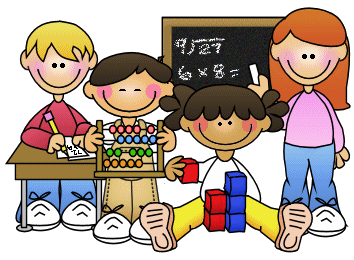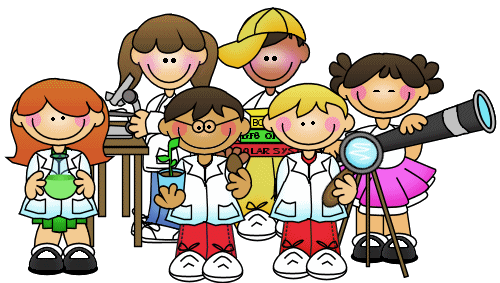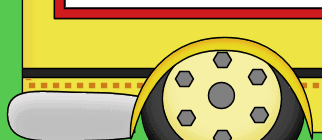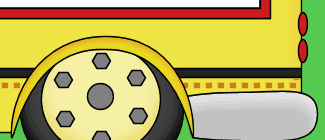
Standard 1: Uses a variety of strategies in the problem solving process.
*Draws pictures or symbols to represent problems
*Represents problems using manipulatives
* Discusses/Demonstrates how problem was solved
Standard 2: Understands and applies basic and advanced properties of the concepts of numbers.
*Demonstrates understanding of ordinal numbers.
*Uses counting to determine quantities to 20 or more.
*Demonstrates understanding of the order and relative values of whole numbers 0 - 20.
Standard 3: Uses basic and advanced procedures while performing the process of computation.
*Demonstrates addition problems with real objects.
*Demonstrates subtraction problems with real objects.
*Demonstrates understanding of more, less, and the same.
Standard 4: Understands/applies basic and advanced properties of measurement.
*Compares objects by size and weight...
Standard 5: Understands and applies basic and advanced properties of geometry.
*Describes attributes of basic shapes.
*Demonstrates understanding of positional words.
Standard 6: Understands and applies basic and advanced concepts of data analysis and distributions.
*Participates in collecting and displaying data using graphs and charts
*Makes a variety of statements about simple graphs
Standard 8: Understand and applies basic and advanced properties and functions of algebra.
*Sorts objects into subgroups based on common attributes.
*Recognizes, duplicates, and extends repeating patterns.
*Creates patterns.

|

Standard 1: Understands and applies the skills of scientific inquiry.
*Participates in conducting simple experiments, making observations and discussing findings.
*Uses observations and simple experiments to increase scientific knowledge.
Standard 2: Understands and applies scientific concepts, principles, and theories pertaining to the earth and the universe.
*Distinguishes between day and night.
Standard 3: Understands and applies concepts, principles,and theories pertaining to life and its interactions.
*Identifies the five senses and what they do.
*Recognizes that there are living and non-living things.
Standard 4: Understands and applies concepts and theories pertaining to matter, its composition and the forces that govern it.
*Classifies objects according to observable physical properties.
*Discusses an object*s motion and position.
Standard 6: Understands personal and societal changes and responsibilities that affect health, world resources, and the earth*s environment.
*Identifies harmful and non-harmful substances.
Health
Standard 1: Knows prevention and treatment of common communicable diseases.
*Demonstrates prevention and treatment of common communicable diseases
Standard 2: Understands food and nutrition concepts and practices.
* Classifies foods as healthy or unhealthy
Standard 3: Knows environmental factors that affect individual/community health.
Standard 4: Knows concept and practices concerning injury prevention and safety.
*Knows safety rules to be used in the home, school, and community
Standard 6: Understands the fundamental concepts of human growth/development.
*Knows family and friends can influence the health of individuals
Standard 8: Knows how to maintain social and emotional health.
*Identifies behaviors that are respectful, safe or harmful to self or others.

|



